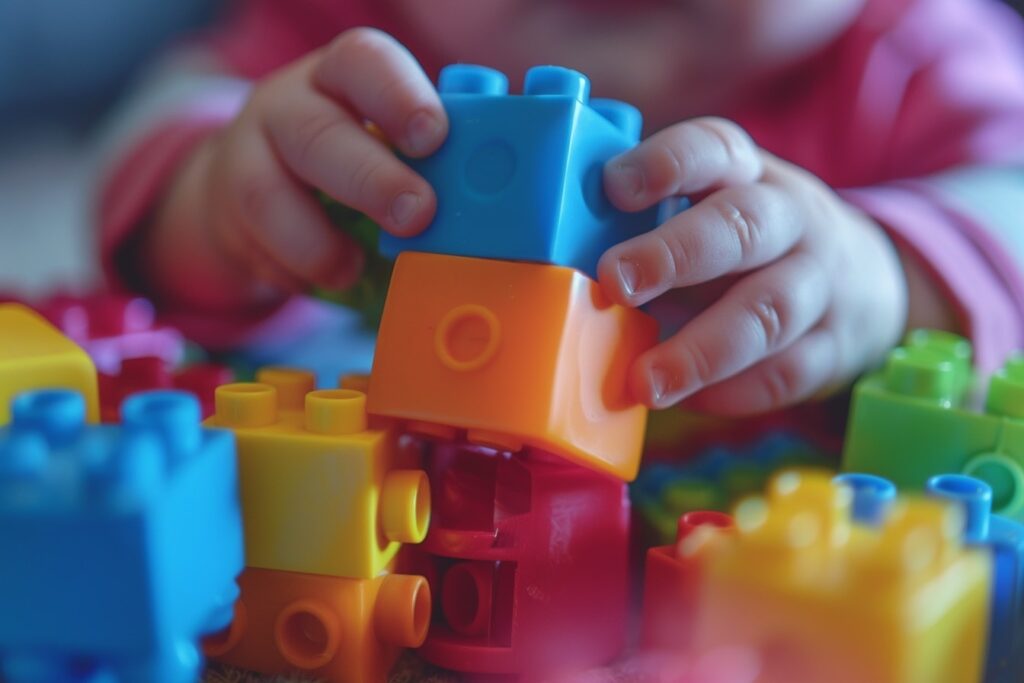Table of Contents
ToggleUnlocking Potential: Toys That Foster a Growth Mindset in Babies
As parents, we embark on a journey filled with countless moments of joy, wonder, and discovery as we watch our little ones grow and learn. From their first tentative steps to their curious exploration of the world around them, every milestone is a testament to the boundless potential within each child. But amidst the laughter and cuddles, lies a profound responsibility – the responsibility to nurture not just their physical health and well-being, but also their intellectual and emotional growth.
Imagine for a moment the impact we could have if we could instill in our children from the very beginning the belief that their abilities are not fixed, but rather, can be developed through dedication and effort. This powerful mindset, known as a growth mindset, has been shown to be a key predictor of success and happiness in life. But how do we cultivate this mindset in our babies, who are just beginning to explore the world around them?
That’s where the power of toys comes in. From the simplest wooden blocks to the most intricate puzzles, toys have the remarkable ability to shape not just our children’s playtime, but also their attitudes towards challenges and learning. In this article, we’ll delve into the world of toys that foster a growth mindset in babies, exploring how these playthings can ignite curiosity, resilience, and a love for learning from the earliest of ages.
But before we dive into the specifics, let’s take a moment to reflect on why this topic is so important. In today’s fast-paced world, where success often seems measured by external achievements and accolades, it’s easy for parents to fall into the trap of focusing solely on outcomes rather than the journey of growth and discovery. Yet, research has shown time and again that the mindset our children develop in their formative years can have a profound impact on their future success and well-being.
By fostering a growth mindset in our babies – one that celebrates effort, resilience, and a willingness to learn from mistakes – we can empower them to approach challenges with confidence and curiosity, rather than fear and self-doubt. And what better way to lay the foundation for this mindset than through the toys we choose for them?
So, join me as we embark on a journey to unlock the potential within our little ones, one toy at a time. Together, let’s explore the transformative power of play in nurturing a growth mindset in babies and setting them on the path to a lifetime of learning and discovery.
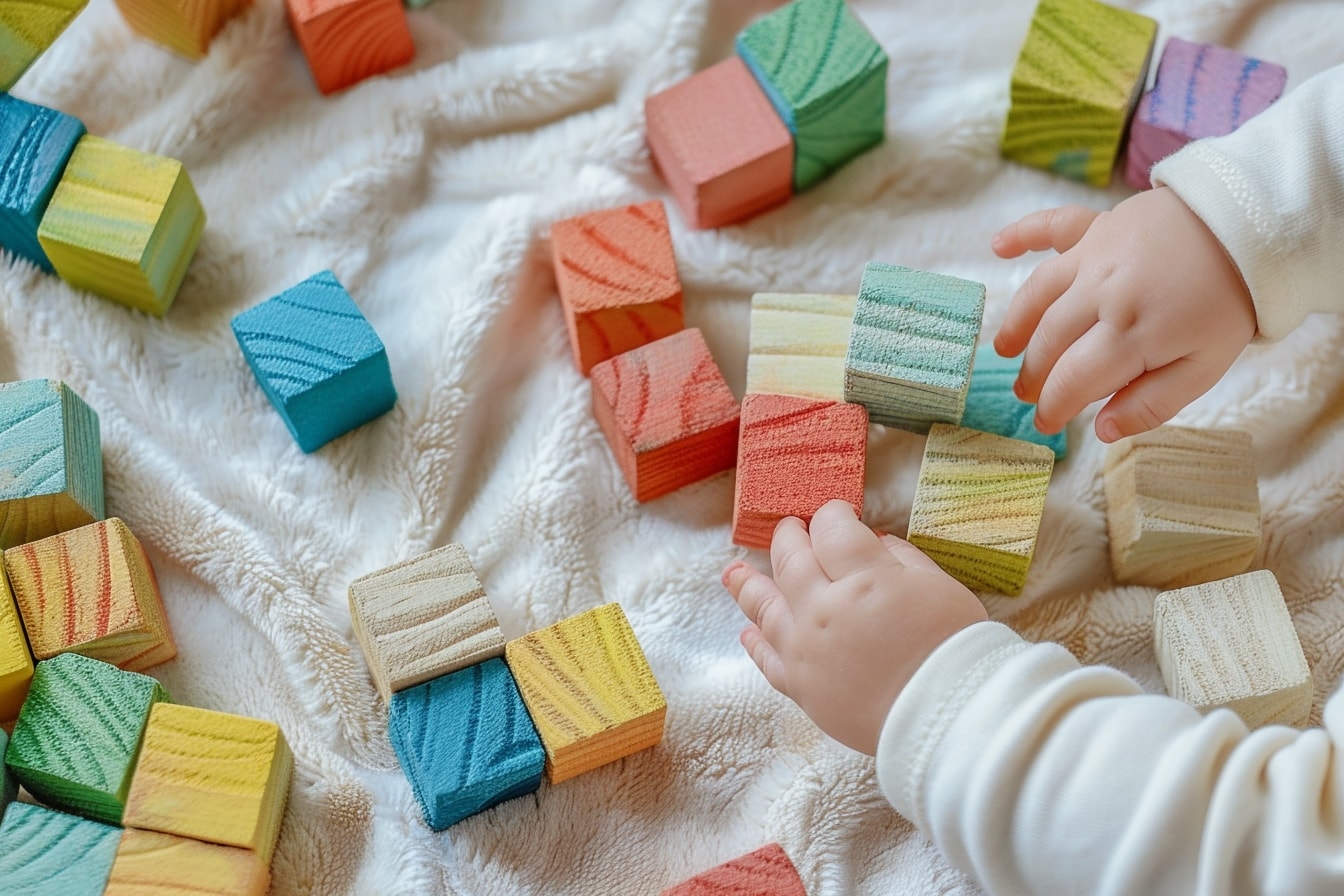
Building Blocks: Fostering Creativity and Problem-Solving Skills
Building blocks are more than just toys – they’re portals to a world of endless imagination and discovery. From the moment a child first grasps a wooden block in their chubby fingers, they’re embarking on a journey of exploration and creation that will shape their cognitive development in profound ways.
But what is it about these simple, geometric shapes that makes them such powerful tools for learning? According to early childhood development experts, the magic lies in their versatility and open-ended nature. Unlike toys with predefined uses or outcomes, building blocks invite children to become architects of their own worlds, limited only by their imaginations.
One of the key benefits of building block play is its ability to foster creativity in young minds. As children stack, balance, and arrange blocks in countless configurations, they’re engaging in a form of creative expression that encourages experimentation and innovation. Whether they’re building towering skyscrapers or intricate fortresses, each creation is a reflection of their unique vision and imagination.
But building blocks offer more than just a canvas for creative expression – they’re also powerful tools for developing problem-solving skills. As children encounter challenges such as balancing precarious structures or fitting mismatched shapes together, they’re forced to think critically and strategize solutions. Through trial and error, they learn valuable lessons about spatial relationships, symmetry, and cause-and-effect – lessons that will serve them well in all areas of life.
But perhaps the most magical thing about building blocks is the way they inspire collaboration and social interaction among children. As they work together to build, children learn the value of teamwork, communication, and compromise. They develop empathy as they navigate conflicts and negotiate shared visions, laying the groundwork for healthy relationships and strong social skills.
So, how can we harness the full potential of building blocks to foster creativity and problem-solving skills in our little ones? It starts with providing them with a diverse array of blocks that vary in size, shape, and texture, allowing for endless possibilities. We can also encourage open-ended play by resisting the urge to dictate how blocks should be used and instead allowing children to follow their own instincts and interests.
By embracing the magic of building block play, we can unlock a world of learning and discovery for our children, nurturing their creativity, problem-solving skills, and social development from the very beginning.
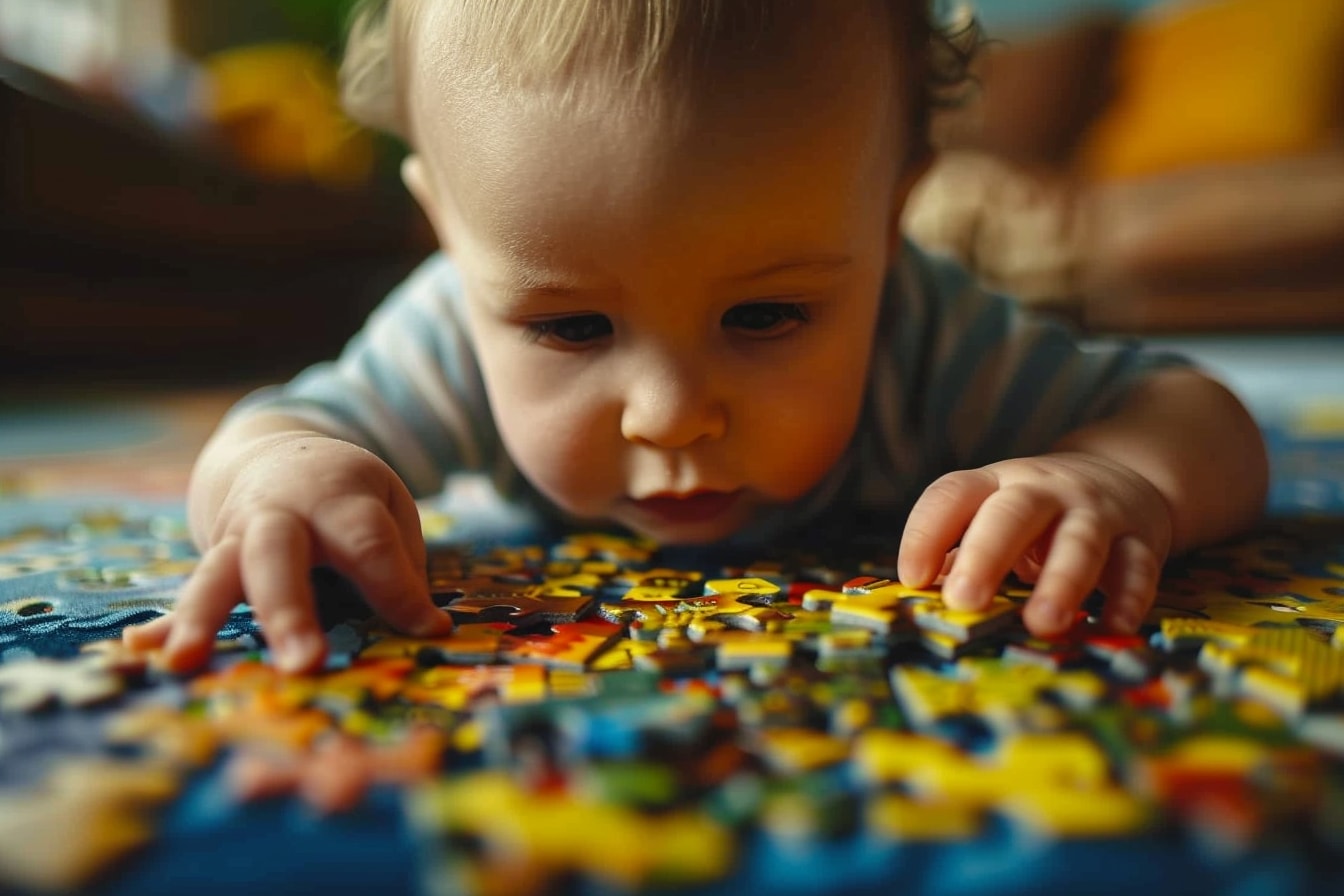
Puzzle Play: Cultivating Persistence and Critical Thinking
There’s something truly magical about the way a puzzle can captivate a child’s attention and ignite their curiosity. From the satisfying click of two pieces fitting together perfectly to the sense of accomplishment that comes with completing a challenging puzzle, every moment spent with these seemingly simple toys is an opportunity for growth and learning.
But puzzle play is much more than just a fun pastime – it’s a powerful tool for cultivating essential skills such as persistence and critical thinking. As children grapple with the complexities of a puzzle, they’re engaging in a form of mental gymnastics that challenges them to think flexibly, strategically, and analytically.
One of the key benefits of puzzle play is its ability to cultivate persistence in young minds. As children encounter obstacles and setbacks while attempting to solve a puzzle, they’re forced to persevere in the face of adversity, trying different approaches and strategies until they find a solution. This process of trial and error not only builds resilience but also teaches valuable lessons about the importance of patience and determination.
But puzzle play offers more than just a lesson in perseverance – it’s also a powerful exercise in critical thinking. As children analyze the shapes, colors, and patterns of puzzle pieces, they’re developing essential cognitive skills such as spatial reasoning, pattern recognition, and logical thinking. They learn to approach problems systematically, breaking them down into smaller, more manageable parts and identifying relationships and connections between different elements.
But perhaps the most valuable aspect of puzzle play is the way it encourages children to think outside the box – quite literally. As they encounter puzzles with unconventional shapes or abstract designs, they’re forced to think creatively and explore alternative solutions. This process of divergent thinking not only enhances their problem-solving skills but also fosters a sense of curiosity and innovation that will serve them well in all areas of life.
So, how can we harness the full potential of puzzle play to cultivate persistence and critical thinking in our little ones? It starts with providing them with a variety of puzzles that vary in difficulty and complexity, allowing them to gradually build their skills and confidence. We can also offer gentle encouragement and support as they tackle challenging puzzles, reminding them that it’s okay to struggle and that mistakes are an essential part of the learning process.
By embracing the joy of puzzle play and celebrating the process of learning and growth, we can empower our children to approach challenges with confidence, curiosity, and resilience, laying the foundation for a lifetime of success and fulfillment.
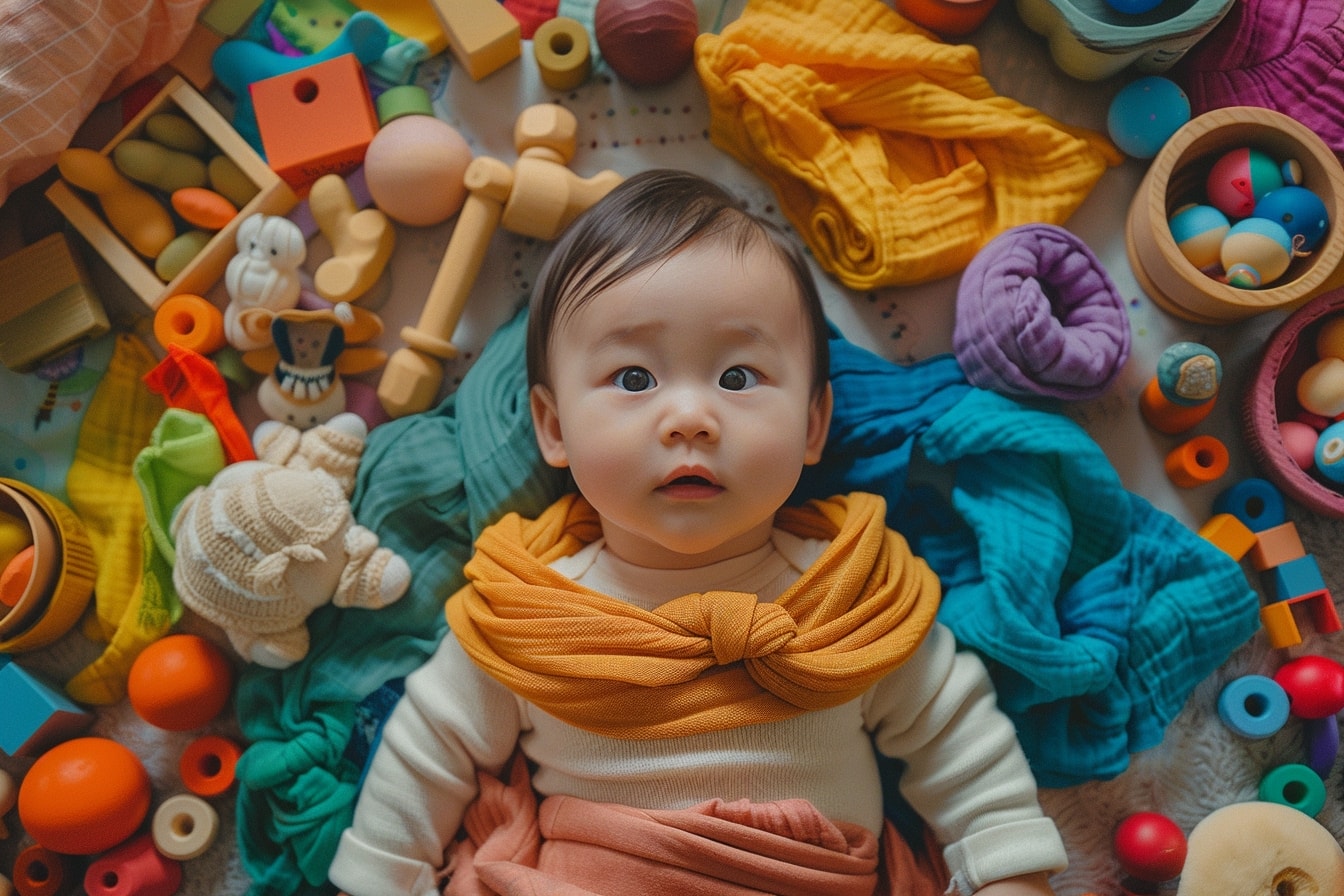
Open-Ended Toys: Encouraging Imagination and Flexibility
Step into a world where dragons roam, castles soar into the clouds, and anything is possible – that’s the enchanting realm of open-ended toys. Unlike their more structured counterparts, open-ended toys invite children to become the architects of their own adventures, offering limitless possibilities for creativity, imagination, and exploration.
But what exactly are open-ended toys, and why are they so essential for childhood development? According to early childhood educators, open-ended toys are playthings that have no predetermined outcomes or instructions. Instead, they offer children the freedom to play and explore in whatever way they choose, sparking their imaginations and fostering flexibility and adaptability.
One of the key benefits of open-ended toys is their ability to encourage imagination in young minds. Whether it’s a simple set of wooden blocks or a colorful basket of scarves, these toys serve as catalysts for creative expression, inspiring children to dream, pretend, and invent. With open-ended toys, the possibilities are truly endless – a block becomes a spaceship, a scarf becomes a superhero cape, and a cardboard box becomes a magical portal to another world.
But open-ended toys offer more than just an outlet for imaginative play – they’re also powerful tools for developing flexibility and adaptability. As children engage with these toys, they learn to think outside the box, exploring new ways of doing things and embracing uncertainty and ambiguity. They become comfortable with change and innovation, traits that will serve them well in an ever-evolving world.
But perhaps the most magical thing about open-ended toys is the way they inspire collaboration and social interaction among children. As they embark on imaginative adventures together, children learn to cooperate, communicate, and compromise, laying the foundation for healthy relationships and strong social skills.
So, how can we harness the full potential of open-ended toys to encourage imagination and flexibility in our little ones? It starts with providing them with a diverse array of open-ended toys that stimulate different senses and invite different types of play. From blocks and scarves to loose parts and natural materials, there’s no shortage of options to spark their creativity and curiosity.
We can also create open-ended play spaces that encourage exploration and experimentation, whether it’s a cozy corner filled with pillows and blankets or a backyard transformed into a magical wonderland. By embracing the magic of open-ended play, we can unlock a world of possibilities for our children, nurturing their imaginations, flexibility, and sense of wonder from the very beginning.
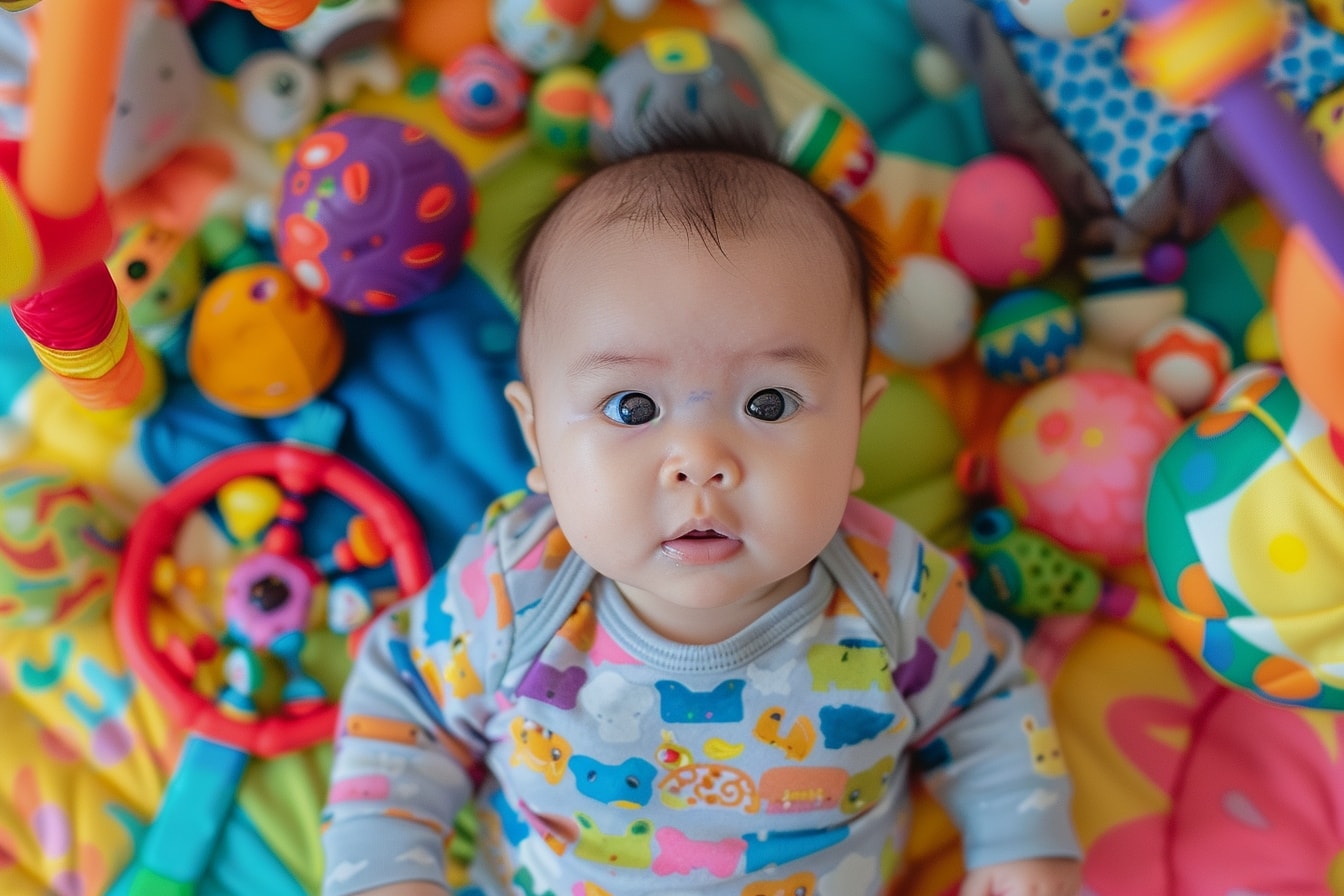
Exploratory Toys: Stimulating Curiosity and Inquiry
Enter a world of wonder and discovery, where every sight, sound, and texture invites exploration – that’s the magical realm of exploratory toys. These captivating playthings are more than just objects – they’re gateways to a universe of curiosity and inquiry, sparking a sense of wonder and fascination in young minds.
But what exactly are exploratory toys, and why are they so essential for childhood development? Exploratory toys are playthings that engage children’s senses and encourage them to interact with the world around them in meaningful ways. Whether it’s a squishy sensory ball or a colorful activity gym, these toys stimulate curiosity and inspire a thirst for knowledge.
One of the key benefits of exploratory toys is their ability to stimulate curiosity in young minds. As children engage with these toys, they’re introduced to new sights, sounds, and sensations that pique their interest and encourage them to ask questions and seek answers. From exploring different textures to discovering cause-and-effect relationships, each interaction with an exploratory toy is an opportunity for learning and discovery.
But exploratory toys offer more than just a sensory experience – they’re also powerful tools for fostering inquiry and exploration. As children manipulate, experiment, and observe, they learn valuable lessons about the world around them and develop essential cognitive skills such as observation, prediction, and problem-solving. They become little scientists, eager to unravel the mysteries of the universe.
But perhaps the most magical thing about exploratory toys is the way they inspire a sense of wonder and awe in children. Whether it’s the mesmerizing patterns of a kaleidoscope or the gentle tinkling of a wind chime, these toys awaken their senses and ignite their imagination, sparking a lifelong love of learning and discovery.
So, how can we harness the full potential of exploratory toys to stimulate curiosity and inquiry in our little ones? It starts with providing them with a rich array of sensory-rich experiences, from soft fabrics and smooth textures to intriguing sounds and captivating visuals. We can also create opportunities for open-ended exploration and discovery, whether it’s setting up a sensory bin filled with rice and hidden treasures or taking a nature walk to collect leaves and rocks.
By embracing the magic of exploratory play, we can nurture our children’s natural curiosity and inquiry, empowering them to explore the world around them with wonder and awe. With exploratory toys as their guide, there’s no limit to the adventures they’ll embark on and the discoveries they’ll make along the way.
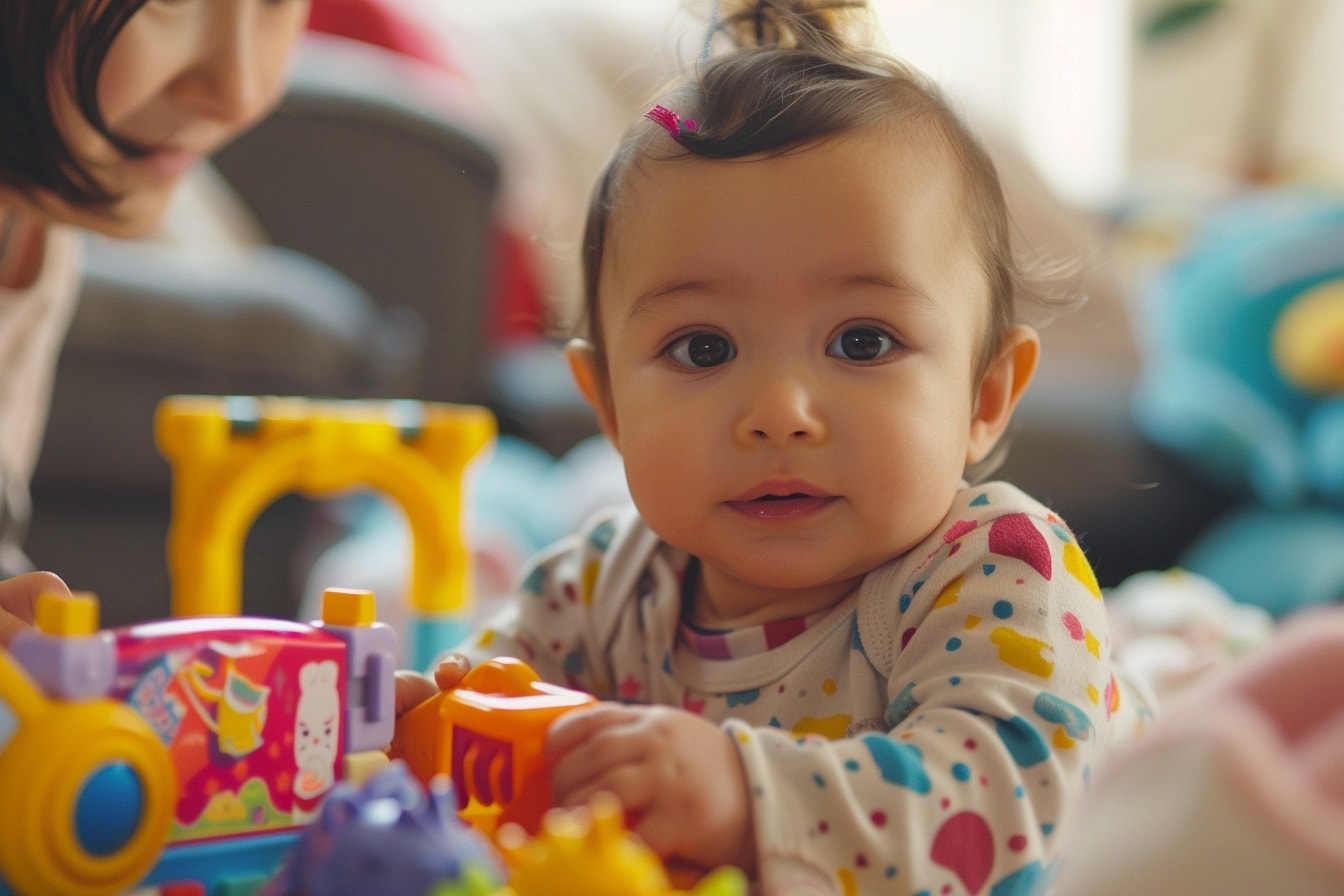
Interactive Toys: Promoting Social Skills and Collaboration
Step into a world of laughter, friendship, and shared adventures – that’s the delightful realm of interactive toys. These charming playthings are more than just objects – they’re bridges that connect children to one another, fostering social skills, empathy, and cooperation along the way.
But what exactly are interactive toys, and why are they so essential for childhood development? Interactive toys are playthings that engage children in reciprocal interactions, whether it’s through role-playing, turn-taking games, or cooperative activities. From baby dolls that invite cuddles and caregiving to pretend play sets that encourage imaginative storytelling, these toys provide endless opportunities for connection and collaboration.
One of the key benefits of interactive toys is their ability to promote social skills in young children. As they engage in pretend play scenarios or cooperative games with their peers or caregivers, children learn valuable lessons about communication, empathy, and perspective-taking. They practice taking turns, sharing resources, and resolving conflicts, laying the groundwork for positive social interactions and healthy relationships.
But interactive toys offer more than just opportunities for socialization – they’re also powerful tools for fostering collaboration and teamwork. As children work together to achieve common goals or solve shared challenges, they learn to cooperate, compromise, and negotiate, skills that are essential for success in school, work, and life.
But perhaps the most magical thing about interactive toys is the way they inspire joy and connection in children. Whether it’s the shared laughter of a game of peek-a-boo or the comforting embrace of a stuffed animal, these toys create moments of warmth and intimacy that strengthen bonds and build trust.
So, how can we harness the full potential of interactive toys to promote social skills and collaboration in our little ones? It starts with providing them with a diverse array of interactive toys that cater to different interests and play styles. From board games and cooperative puzzles to dress-up costumes and musical instruments, there’s something for every child to enjoy.
We can also create opportunities for shared play experiences, whether it’s organizing playdates with friends or siblings or participating in group activities at daycare or preschool. By fostering a culture of collaboration and connection in our homes and communities, we can empower our children to build strong social networks and navigate the complexities of human relationships with confidence and compassion.
With interactive toys as their guide, our children will embark on a journey of discovery and friendship, learning valuable lessons about empathy, cooperation, and the joy of shared experiences along the way.
As we come to the end of our exploration into the magical world of toys that foster a growth mindset in babies, let’s take a moment to reflect on the journey we’ve embarked on together. From building blocks and puzzles to open-ended toys and exploratory play, we’ve discovered a treasure trove of tools and techniques for nurturing curiosity, resilience, and a love for learning in our little ones.
But more than just playthings, these toys are gateways to a universe of possibilities – portals that invite our children to embark on journeys of discovery, imagination, and collaboration. With each block stacked, puzzle solved, and imaginary adventure embarked upon, they’re building not just towers and fortresses, but also the foundations of lifelong success and fulfillment.
So, what can we take away from our exploration into the power of toys in shaping a growth mindset in babies? First and foremost, we’ve learned that the toys we choose for our children matter more than we may realize. By selecting toys that encourage exploration, creativity, and social interaction, we can set our little ones on a path to a lifetime of curiosity and wonder.
But beyond the toys themselves, we’ve also discovered the importance of our role as parents and caregivers in fostering a growth mindset in our children. Through our words, actions, and attitudes, we have the power to instill in them the belief that their abilities are not fixed, but rather, can be developed through dedication and effort.
As we bid farewell to this journey, let’s remember that the true magic lies not in the toys themselves, but in the moments of connection, joy, and discovery they inspire. Whether it’s the shared laughter of a game of peek-a-boo or the quiet concentration of a child solving a puzzle, these are the moments that shape not just our children’s playtime, but also their attitudes towards challenges and learning.
So, as we continue on our parenting journey, let’s embrace the power of play to unlock the potential within our little ones, one toy at a time. With love, patience, and a sense of wonder, we can empower them to believe in themselves, embrace challenges, and embark on a journey of growth and discovery that knows no bounds.
Want to take your knowledge to the next level? Check out these must-read articles:
- Exploring the World: Cultivating Curiosity in Infants
- From Tummy Time to Toddlerhood: A Growth Mindset Perspective on Physical Development
Organize your baby’s wardrobe with our baby clothes closet organizer products! Our organizers are designed specifically for baby clothes. Get your baby’s clothes neat and tidy with our selection of organizers – shop now!
Step into Sue Brown's World of Baby Care, where you'll find a treasure trove of knowledge and wisdom waiting to be explored. Sue's dedication to providing accurate and up-to-date information on baby care shines through in every article, blog post, and resource she shares. From newborn essentials to sleep training tips, breastfeeding advice to nurturing your baby's development, Sue covers a wide range of topics that are essential for every parent to know. Her warm and compassionate approach creates a sense of community and reassurance, making her website a safe haven for parents seeking guidance and support. Let Sue Brown be your partner in this beautiful journey of parenthood, as she empowers you to create a loving, nurturing, and thriving environment for your little one.
- Indoor Air Quality for Infant Respiratory Health - October 20, 2025
- Positive Discipline Foundations: Setting the Stage From Infancy - October 18, 2025
- 2025’s Most Innovative Baby Products Worth the Investment - October 16, 2025
Other Great Posts:
- How to recognize and avoid the pitfalls of a fixed mindset, such as labeling, comparing, and avoiding challenges
- Mindful Parenting: Instilling a Growth Mindset from Day One
- Baby Brain Boosters: Simple Activities for Cognitive Growth
- From Crawling to Confidence: Encouraging a Growth Mindset in Early Motor Skills

